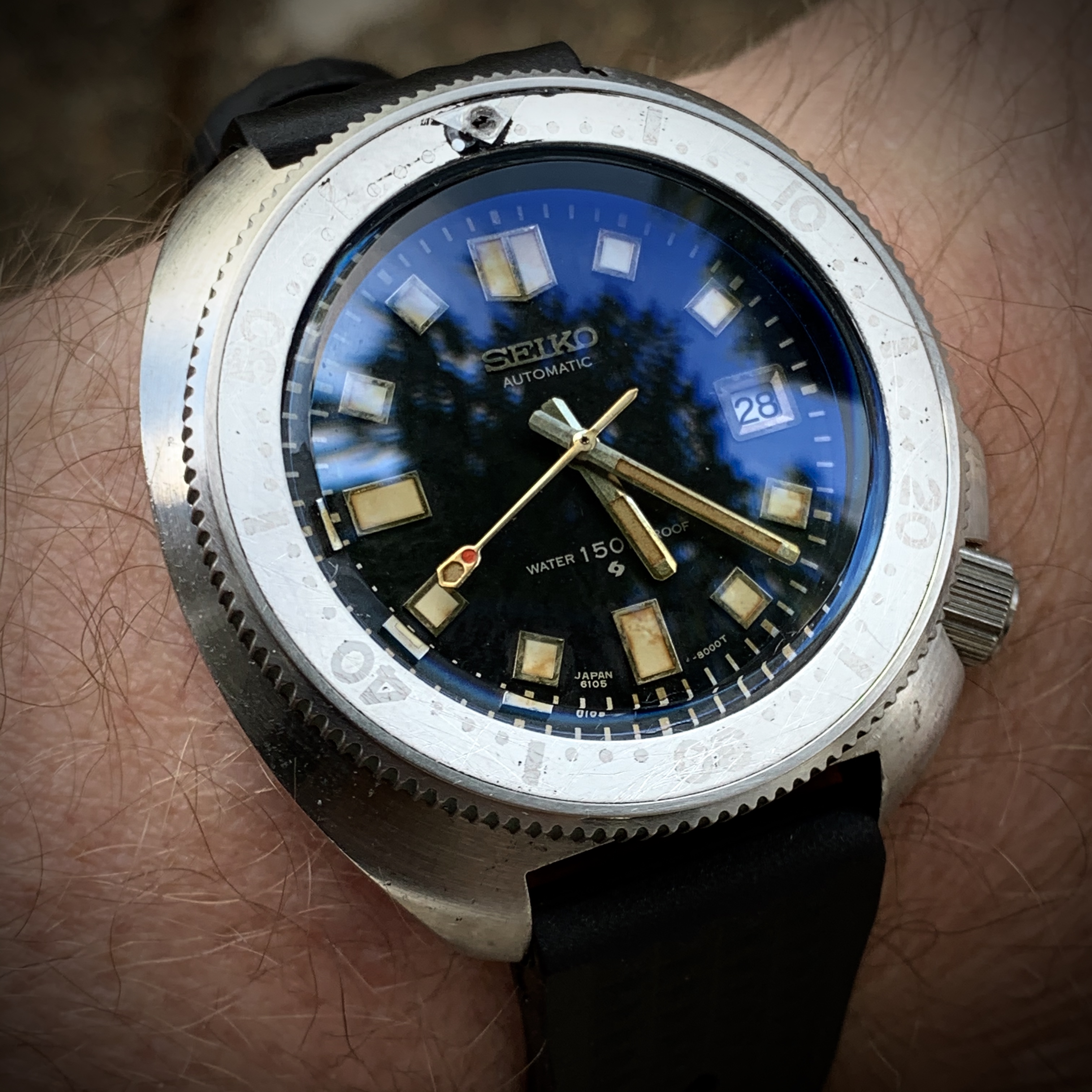Or DG3804 (2813 with GMT module) or 2879... Whatever movement you use ToaTilan (sorry can't tag you - I get a post error when I do), you'll probably need a custom movement spacer to hold it. I sent tripdog the dimensions of my case, and he made me a spacer. However, it wasn't quite correct due to... reasons (which had nothing to do with tripdog, obvs!). See below.
And on that teaser, here's an update on my project. In my previous posts I mentioned how tricky the build had turned out (for someone with my extremely limited experience) and how I'd sent it to ado213 to get it put together properly. So, I heard from Ado this weekend. Here's his report on what he had to do to rescue the poor GMT from my amateur efforts...
If ever you are building a watch in the future with a dial without dial feet, the movement spacer is very critical. More so than when you build a watch with dial feet.
Your movement spacer was 0.3 mm too big on the inside diameter and around 0.2 mm on the outside, this allows the movement/dial to move in the watch when you pull the crown out. An Eta movement is 26 mm diameter your case inner diameter was 28.6 mm (off memory).
Now as you know the normal way of doing this type of build is to bond the dial spacer to the movement and the dial to the dial spacer. I find this a bit counterproductive as if you want to service the movement you have to do the bonding all over again.
what I do is make the movement space a very slight "interference fit"with both the case and the movement. I make sure the movement spacer goes all the way down, to the underside of the rehaut.
This way you actually clamp the dial to the rehaut, whilst capturing the movement.
The height of both the movement spacer and the tab groove in the case are also critical, I had to adjust your case tab groove to get a good fit for the movement tabs. So in short your compress the dial to the rehaut by using the compressive force of the movement tabs. I've done a few like this and its a far better way of doing it, it makes a better build.
At some point you will be able to see how I've done it if and when it needs servicing again.
The dial spacer you had on was 0.8 mm thick which is a standard height dial spacer. This height whilst clearing the date wheel overlay did not clear the GMT gearing, which meant it was touching the underside of the dial.
It was also too thin for the stem to be centred in the case tube, always check this height before you do a build and make sure the stem is centred to the case tube
I have put you a 1.1 mm dial spacer in, the dial now clears the GMT gears and the stem height is pretty bang on.
Now the bezel, this when fitted didn't turn at all. It happens oh to often with these GMT's. When you press the crystal retainer over the plexi the retainer swells so as to get a interference fit. This inevitably stops the bezel from turning, there are lots of way of solving this, but I have a lathe so i just bore the bezel ever so slightly bit by bit, its not really something you can measure, more of a feel. It does take some time to do this, as too much and its a piss fit, too little and it wont turn, so it's "gently Bentley", a bit at a time.
But finally he ends with:
The GMT is done now.
WOO!
I sent him the GMT with two Kermits that needed work at the same time, so I've not got it back yet - but it's fantastic to hear that it's done, and has been rebuilt properly by someone who actually knows what they're doing!

Pics will follow, as soon as it's back in my clutches!










